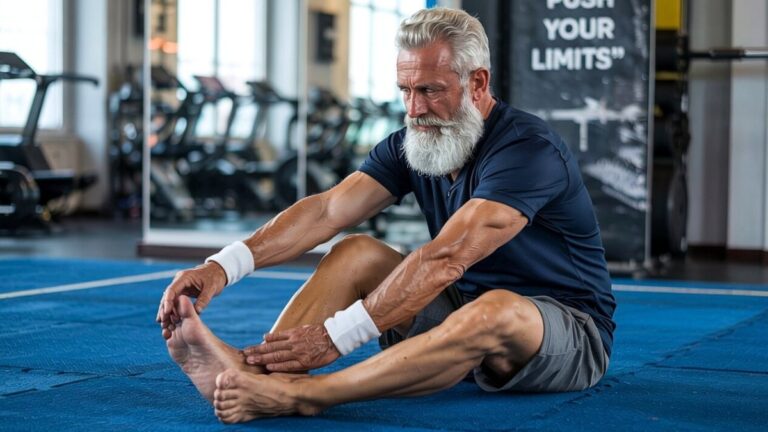Reclaim Your Energy: 3 Science-Backed Ways to Fight Fatigue After 50

You’ve slept eight hours, had your morning coffee, and it’s only 2 PM — yet you’re already counting down the hours until you can collapse on the couch. If this sounds familiar, you’re not alone. Many adults over 50 struggle to fight fatigue after 50, wondering why rest and caffeine no longer help.
Here’s the truth — this isn’t “just getting older.” Declining energy levels after 50 often come from real, fixable changes inside your body. Mitochondria slow down, hormones shift, and muscle loss creeps in — all of which drain your energy, even if you’re sleeping fine.
In this guide, you’ll learn the biological reasons behind fatigue and three proven methods to combat tiredness at its root — through exercise, nutrition, and sleep optimization. Each strategy includes simple steps you can start today and realistic timelines for feeling results.

Why Your Energy Levels After 50 Drop (And It’s Not Just Age)
Feeling tired all the time after 50 isn’t “just getting older.” Research from Johns Hopkins shows mitochondrial efficiency drops 30% between ages 50–70, meaning your cells make less energy. Hormone shifts add to the mix—a 2023 study found 1 in 5 adults over 50 has low thyroid function, which quietly drains energy.
Muscle loss also slows your metabolism, dropping 3–8% per decade after 30. Add in low-grade inflammation and certain medications, and fatigue can hit hard.
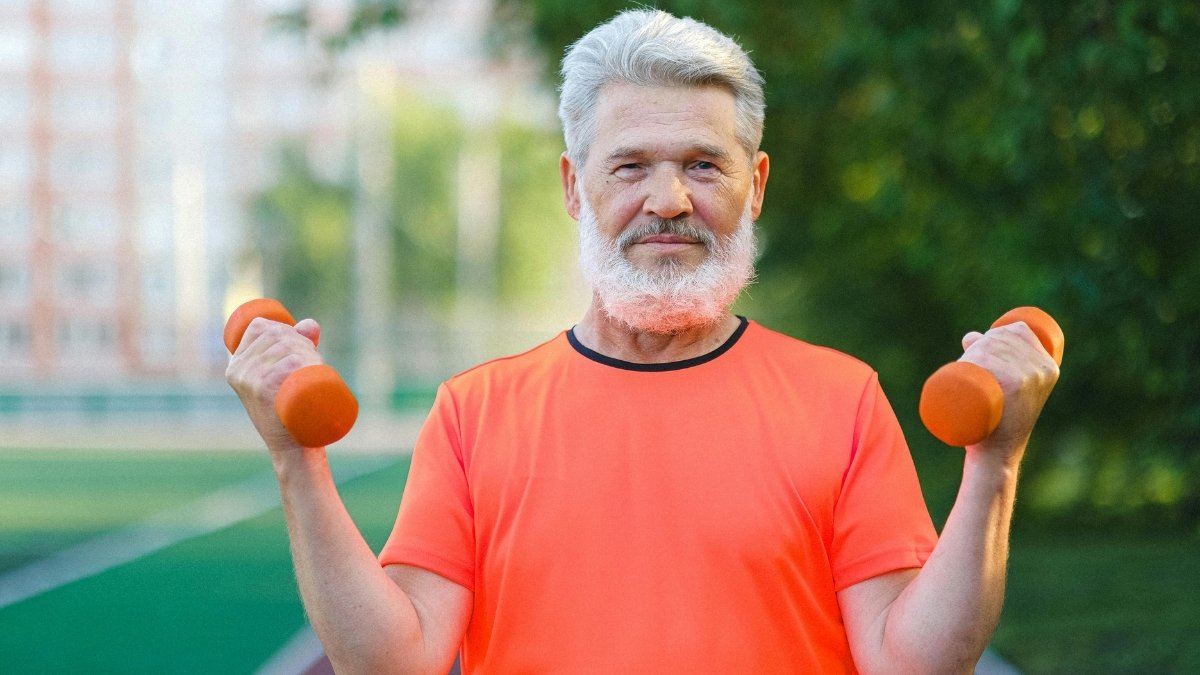
Take Sarah, 56—she discovered her blood pressure meds were behind her 3 PM crashes. Once adjusted, her energy returned.
The real issue isn’t age—it’s the mix of biology, hormones, and habits. Knowing these fatigue causes helps you tackle an aging metabolism with the right fixes, not just more coffee.
Method 1 – Strategic Exercise: The Mitochondrial Reboot
You’ve probably heard that more cardio equals more energy. But after 50, traditional long, steady cardio can actually drain you. Here’s why: your mitochondria—the tiny energy factories in your cells—slow down with age. Pushing through hour-long treadmill sessions only adds stress without rebuilding them.
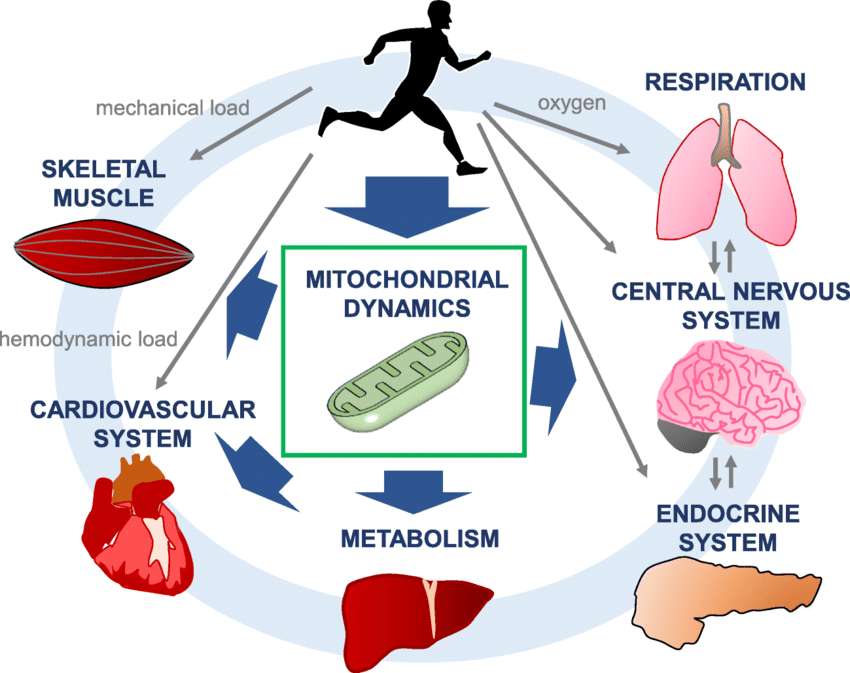
To fight fatigue after 50, focus on short, controlled bursts of effort instead. Stanford research found that 12 weeks of adapted HIIT boosted energy levels by 40% in adults aged 55–70. Think of it as a “mitochondrial reboot,” where the right stress teaches your cells to make more energy, not less.
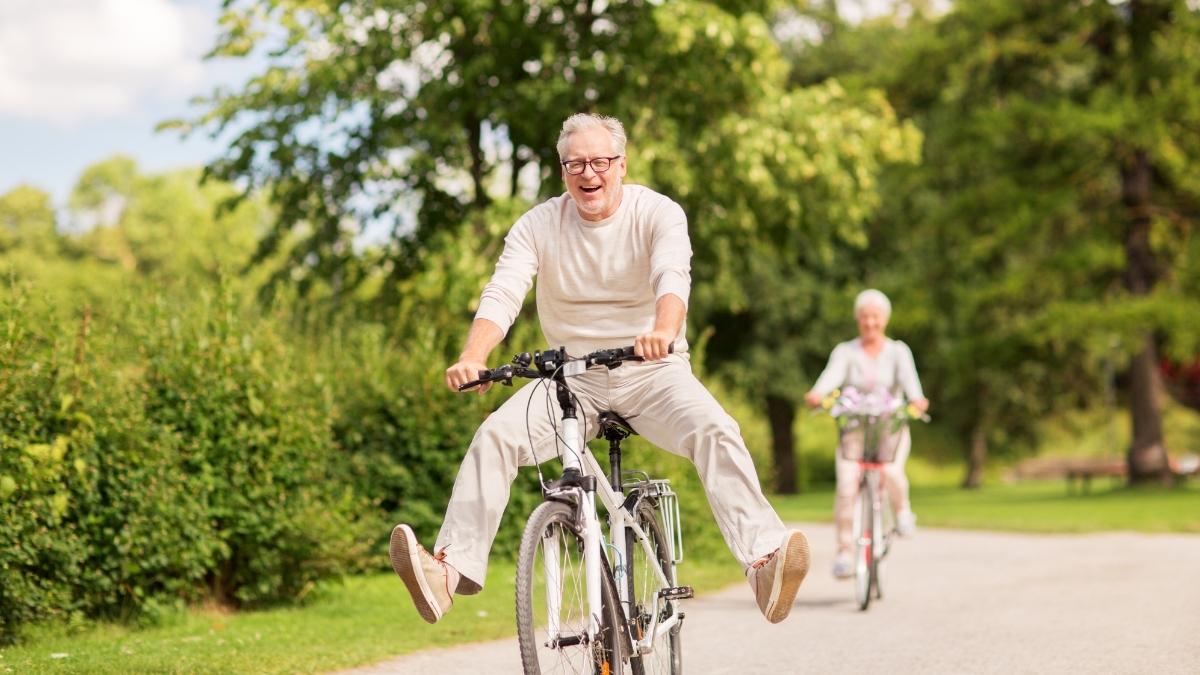
H3: The 20-Minute HIIT Protocol That Works After 50
Start with a gentle warm-up. Then do 30 seconds of moderate-intensity effort (fast walking, cycling, or modified burpees) followed by 90 seconds of recovery. Repeat this 6–8 times, three days per week. This method safely triggers mitochondrial growth while protecting your joints and heart.

H3: Strength Training: Your Metabolic Insurance Policy
Two to three strength sessions per week keep metabolism strong by preserving muscle mass. Use moves like bodyweight squats, resistance band rows, and wall pushups. These improve posture, stabilize hormones, and keep you steady on your feet.
John, 62, went from needing naps to hiking five miles by week six. Expect noticeable energy improvements within 2–3 weeks. And if you have cardiac concerns, start slower and get your doctor’s approval first.
This is how you increase stamina over 50—not by doing more, but by training smarter. When done right, exercise for energy doesn’t drain you—it fuels you.
Method 2 – Precision Nutrition: Fueling Aging Cells Differently
If you’ve been cutting calories to stay lean after 50, you might be doing more harm than good. Severe restriction slows metabolism and starves your cells of energy. What your body really needs now is smarter fuel—not less food, but the right food.
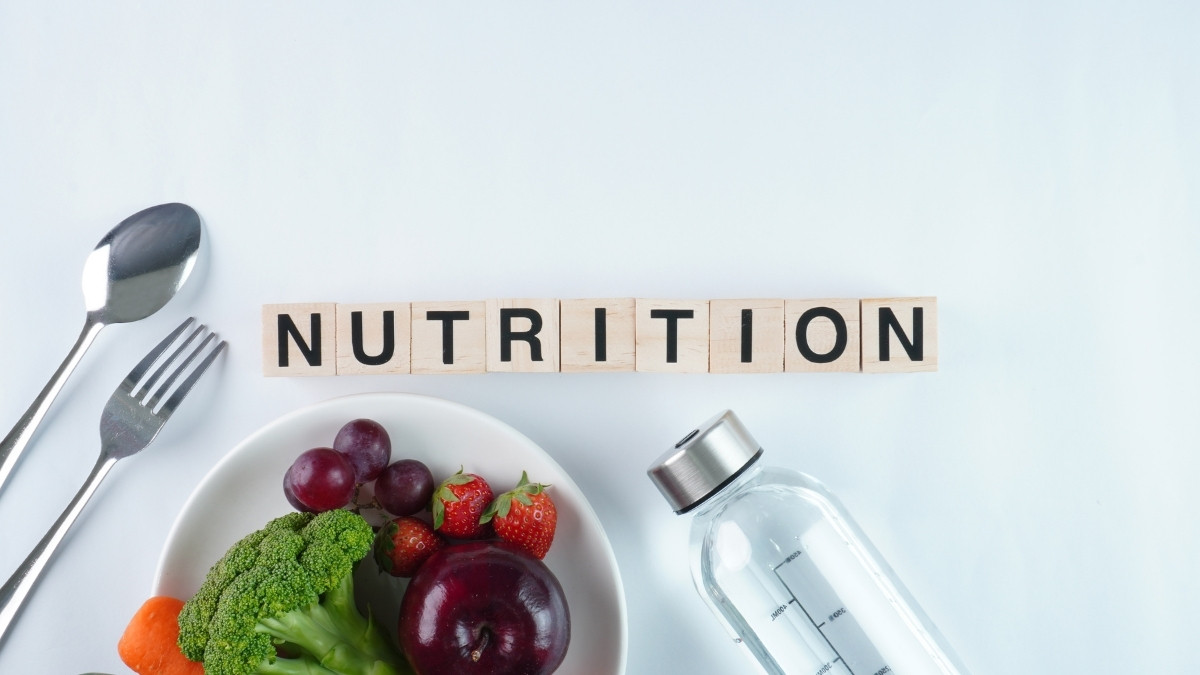
USDA data shows 46% of adults over 50 don’t get enough protein. After midlife, your protein needs actually rise to 1.2–1.6g per kilogram of body weight. Protein helps repair muscle and keeps your metabolism humming. Timing matters, too—front-load protein and complex carbs early in the day to steady energy and prevent the midafternoon crash.
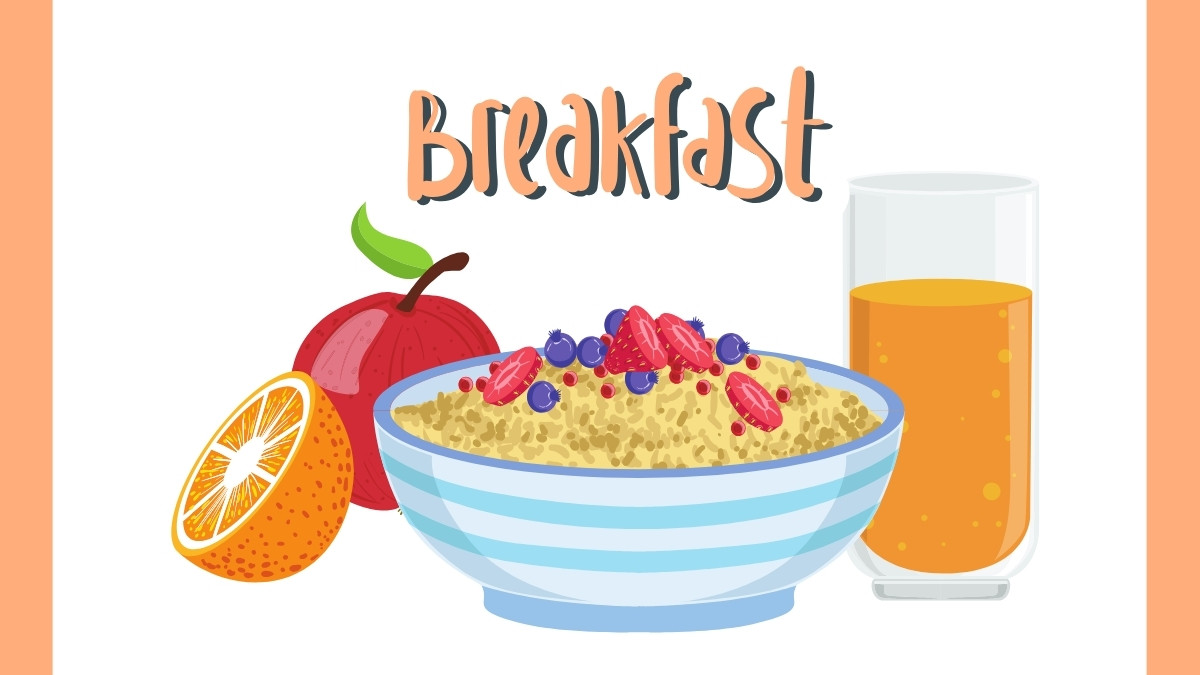
H3: The Protein-First Breakfast Strategy
Start strong: 30g of protein at breakfast (like Greek yogurt with berries and almonds). This fuels your mitochondria—the energy engines in your cells—and stops blood sugar spikes later. Think eggs, cottage cheese, or a protein smoothie with oats.
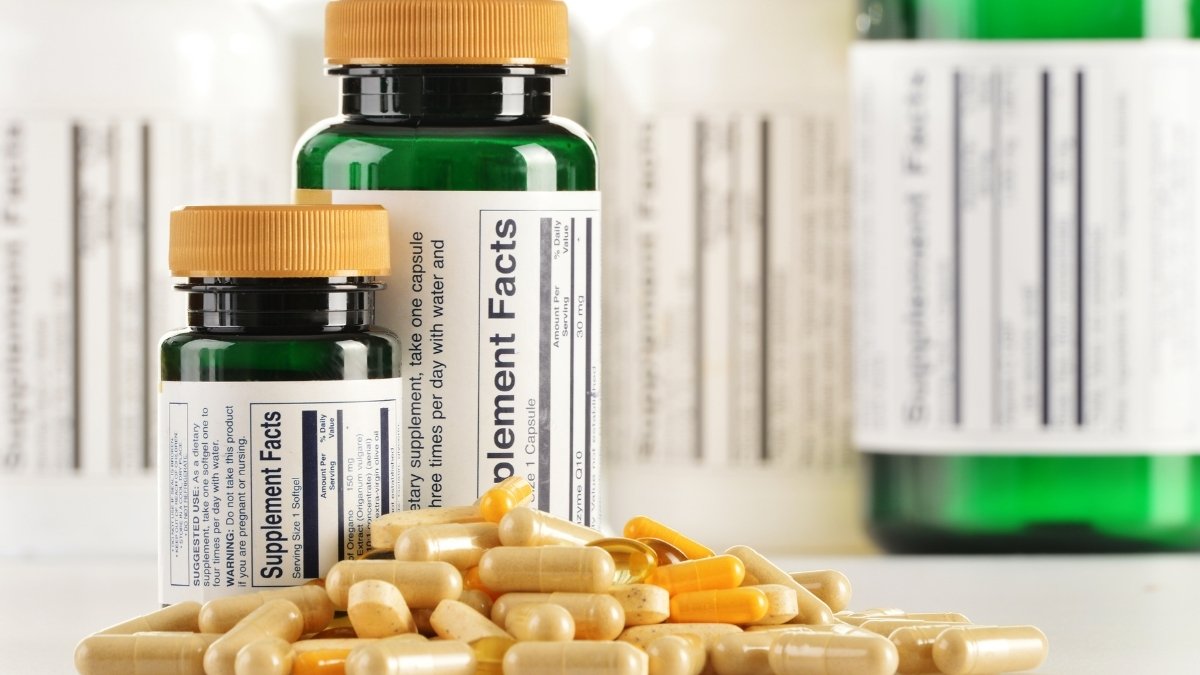
H3: Supplements That Actually Work (And What to Skip)
Some nutrients can boost cellular energy. CoQ10, magnesium, and B vitamins support mitochondrial function—a Nutrients study showed CoQ10 raised energy scores by 34% in 8 weeks. Skip the “miracle” powders promising instant vitality.
Don’t forget hydration—even mild dehydration mimics fatigue. Drink water steadily through the day, not just when you feel thirsty.
If you’re trying intermittent fasting, keep your eating window flexible. Short fasts (12–13 hours overnight) can help, but going too long may backfire by stressing your system.
To combat tiredness in older adults, nutrition after 50 should focus on balance, not restriction. Small, steady meals rich in energy-boosting foods—like fish, nuts, and greens—help your body do what it’s designed to do: make energy that lasts.
Method 3 – Sleep Architecture Optimization: Beyond “Get 8 Hours”
You’ve probably heard “just get more sleep,” but after 50, it’s not that simple. Sleep changes with age — it gets lighter, with more awakenings and less deep rest. The problem isn’t time in bed — it’s sleep quality. Research from the Sleep Foundation shows adults over 50 spend 15% less time in deep sleep than younger adults, which explains morning fatigue even after “a full night.”

H3: The 90-Minute Wind-Down Protocol
To fight fatigue after 50, your body needs help balancing cortisol and melatonin. Start 90 minutes before bed: dim lights, lower your screen brightness, and do something calming — like reading or stretching. Keep your bedroom cool — 65–68°F helps boost deep sleep by up to 24%, according to Northwestern research. Margaret, 58, followed this and increased her deep sleep from 38 minutes to 82 minutes in four weeks.
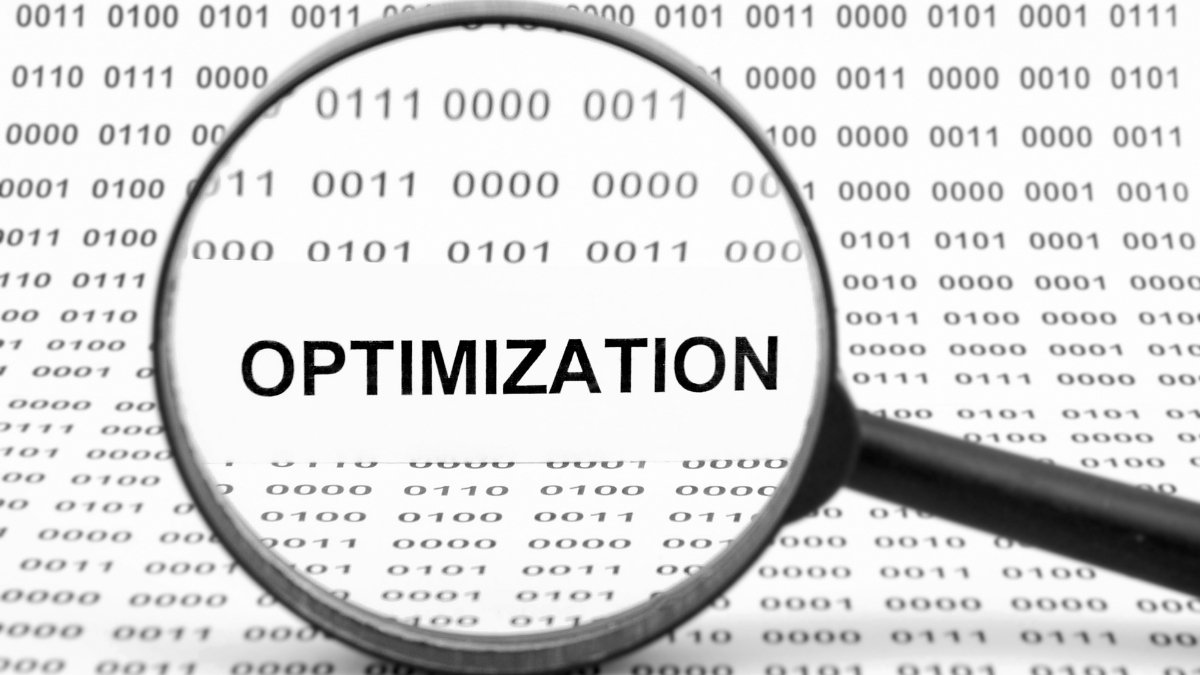
H3: Environmental Hacks That Actually Matter
Small tweaks make big differences. Cut caffeine after 2 PM to keep cortisol stable. Block blue light in the evening; it disrupts melatonin twice as strongly after 50. Use breathable bedding and a fan if you run warm.
Improving sleep quality over 50 doesn’t mean sleeping longer — it means sleeping smarter. With a few changes, you can improve energy naturally and wake up feeling restored instead of foggy.
Putting It Together: Your 4-Week Energy Recovery Plan
If you’re over 50 and running on empty, here’s good news — you don’t have to fix everything at once. This 4-week plan helps combat tiredness in older adults by rebuilding your energy step-by-step. Each week focuses on one habit so it feels doable and sustainable.
Week 1 – Sleep First:
Start with the basics. Follow your 90-minute wind-down routine and track your rest.

Rate your energy each morning on a 1–10 scale. Most people feel better by day 5.
Week 2 – Add Movement:
Add strategic exercise twice a week — strength training or gentle HIIT.

You’ll begin to increase stamina over 50 as your body learns to produce energy efficiently again.
Week 3 – Upgrade Nutrition:
Shift your meals to protein-first breakfasts and nutrient-dense foods. Stay hydrated.

Track what meals keep you energized longest.
Week 4 – Assess and Adjust:
Look at your journal. Celebrate progress, tweak weak spots, and note any new fatigue — if it worsens, see your doctor to rule out thyroid or medication issues.
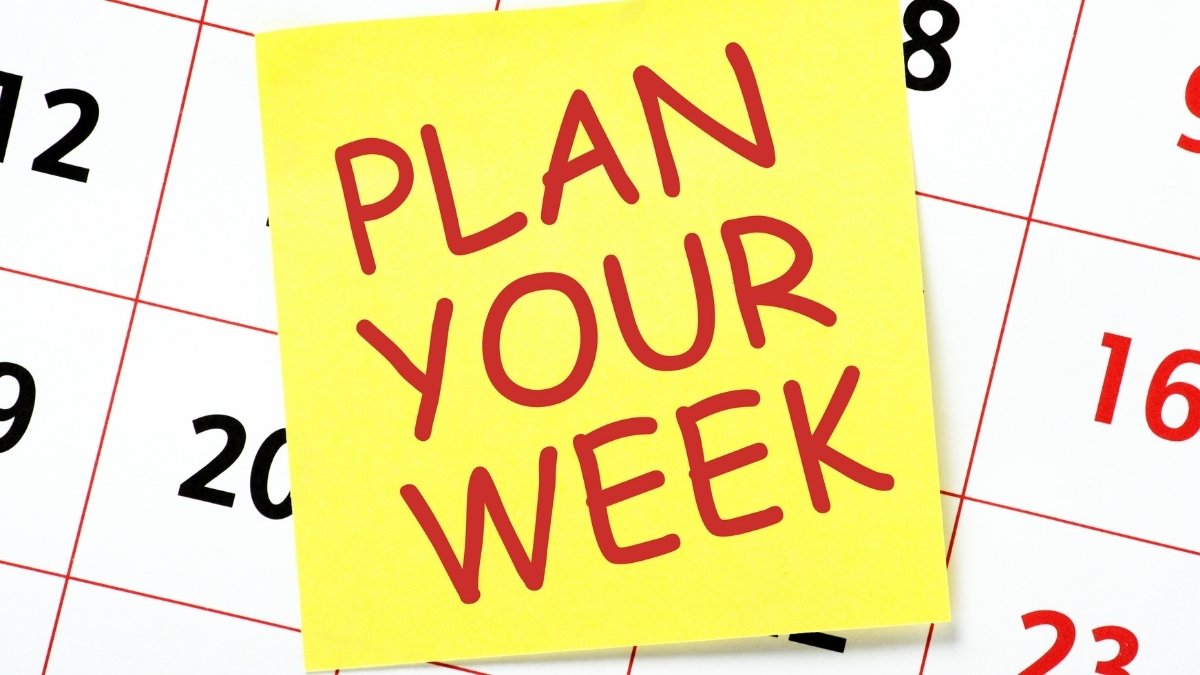
This isn’t a sprint. It’s a sustainable energy solution that restores balance step by step — and it actually lasts.
Finally,
You now have three proven ways to fight fatigue after 50 — strategic exercise, precision nutrition, and sleep optimization. Each method targets a different part of your energy system, but together they create a powerful, compounding effect.
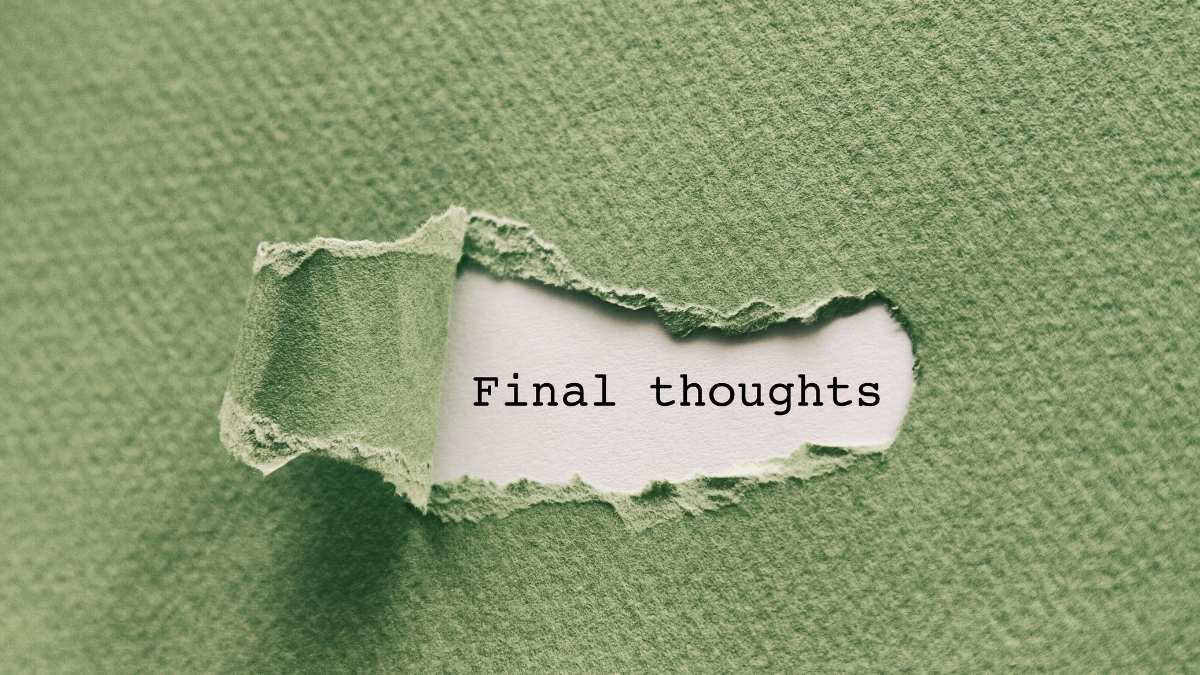
Fatigue after 50 isn’t inevitable. It’s a signal your body needs support, not surrender. By improving how you move, eat, and rest, you’ll start to feel noticeable changes in just 2–3 weeks — and deeper, lasting energy within 8–12 weeks.
Start small. Try the sleep protocol tonight—it costs nothing and needs no equipment. Track your energy for one week, then layer in the exercise plan. Small, steady actions can rebuild the energy you thought you’d lost for good.




